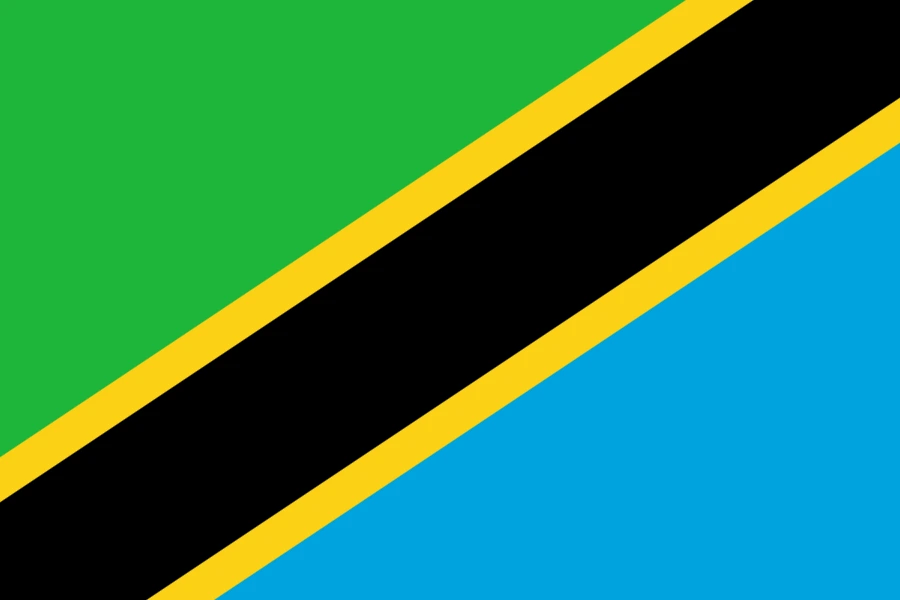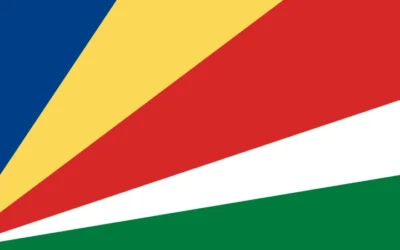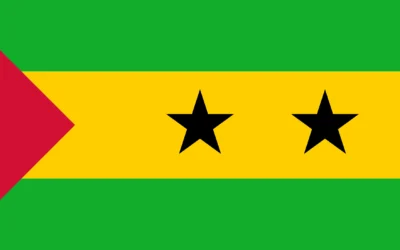Tanzania Travel Guide
Discover Why You Should Visit Tanzania
Why Visit Tanzania?
Tanzania is one of Africa’s top travel destinations, renowned for its iconic wildlife safaris, breathtaking landscapes, and vibrant coastal culture.
Home to Mount Kilimanjaro, the Serengeti, and the exotic island of Zanzibar, Tanzania is ideal for adventurous and diverse experiences all in one country.
Ideal for: Safari lovers, hikers, beach enthusiasts, cultural explorers, and honeymooners.
Must-Know Facts
Capital/Major City: Dodoma (official capital), Dar es Salaam (largest city)
Language(s): Swahili (official), English widely spoken
Currency: Tanzanian Shilling (TZS)
Best Time to Visit: June to October (dry season and great for safaris)
Fun Fact: Tanzania hosts the Great Migration, one of the world’s most spectacular wildlife events.
Top Things to Do
Climb Mount Kilimanjaro, Africa’s highest peak
Embark on a safari in Serengeti or Ngorongoro Crater
Relax on the white-sand beaches of Zanzibar
Explore Stone Town, a UNESCO World Heritage Site
Visit Tarangire or Lake Manyara National Park for off-the-beaten-path wildlife experiences
Local Culture & Lifestyle
Tanzanian society is community-oriented, with strong ties to tribal heritage, particularly the Maasai people.
Music, dance, and storytelling play major roles in daily life, and Swahili culture on the coast is deeply influenced by Arab and Indian traditions.
Hospitality is central, and visitors are often greeted with warmth and respect.
Food & Drink Highlights
Street Food: Chipsi mayai (fried egg and fries), mishkaki (skewered meat), Zanzibar pizza
Restaurants: Forodhani Gardens (Zanzibar), Samaki Samaki (Dar es Salaam)
Drinks: Sugarcane juice, spiced tea (chai), Safari Lager
Desserts: Vitumbua (coconut rice cakes), mandazi (East African doughnuts)
Main Dish & Culinary Symbols
Signature Dish: Ugali with nyama choma (grilled meat) or sukuma wiki (collard greens)
Common Ingredients: Maize, beans, rice, plantains, coconut, spices
Culinary Culture: Meals are typically eaten with hands, and food is a communal, social experience.
Symbols & Icons of the Area
Natural Icons: Mount Kilimanjaro, Serengeti Plains, Zanzibar beaches
Cultural Icons: Maasai shukas, Swahili doors, Tinga Tinga art, traditional ngoma drums
Hidden Gems & Off-the-Beaten-Path
Mafia Island for pristine diving and snorkeling
Lake Natron with its eerie red waters and flamingos
Udzungwa Mountains for hiking and waterfall adventures
Shopping & Souvenirs
What to Buy: Maasai jewelry, kitenge fabric, wood carvings, spices from Zanzibar
Where to Shop: Mwenge Craft Market (Dar), Stone Town bazaars, Arusha Maasai market
Getting Around
Public Transport: Buses (dala-dalas) are common for local travel
Car Rentals: Useful for remote areas or game parks, especially 4WD
Tip: Domestic flights are available between major cities and parks
Walkability: Good in tourist towns and beach areas
Travel Tips
Dress modestly, especially in Zanzibar and rural areas
Bring cash for local purchases; card use is limited outside cities
Swahili greetings go a long way in earning local respect
Plan safaris with trusted operators for safety and comfort
Where to Stay
Budget: Lost & Found Hostel (Dar), Tembo House (Zanzibar)
Mid-range: Arusha Planet Lodge, Mizingani Seafront Hotel (Zanzibar)
Luxury: Four Seasons Serengeti, Park Hyatt Zanzibar
Unique: Eco-lodges in Ngorongoro or treehouse-style safari camps in Tarangire
Sample 4-Day Itinerary
Day 1: Arrive in Arusha, explore local markets and cultural center
Day 2: Full-day safari in Ngorongoro Crater
Day 3: Fly to Zanzibar, relax on Nungwi Beach and enjoy local seafood
Day 4: Discover Stone Town, shop for spices, and fly back home
Book With Region Waze Travel
Let Region Waze Travel get you on you way. Whether you’re scaling Kilimanjaro, spotting lions on the Serengeti, or sipping coconut juice in Zanzibar, Your experience starts Here. Book Today!






0 Comments